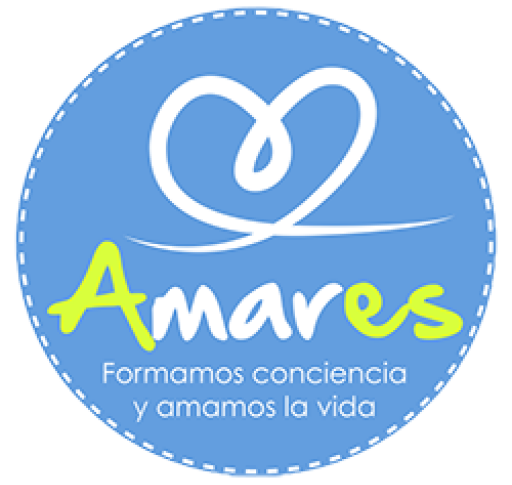In the field of medicine, particularly in the realm of pain management, fellowship programs play a crucial role in shaping the expertise and skill set of future practitioners. A pain fellowship offers a unique opportunity for postgraduate physicians to deepen their understanding of pain mechanisms, diagnostic techniques, and multimodal treatment approaches. This article aims to elucidate the significance of pain fellowship programs and provide insights into navigating through one successfully.
Understanding Pain Fellowship Programs
Pain fellowship programs are typically one to two years in duration and cater to physicians who have completed their residency in specialties such as anesthesiology, physical medicine and rehabilitation, neurology, or psychiatry. These programs are designed to offer comprehensive training in various aspects of pain management, including acute and chronic pain conditions, interventional procedures, pharmacotherapy, and multidisciplinary pain care.
The Curriculum: A Comprehensive Approach
One of the hallmarks of a quality pain fellowship program is its comprehensive curriculum. Fellows engage in a blend of didactic sessions, hands-on clinical experience, research endeavors, and interdisciplinary collaborations. The curriculum often covers topics such as:
- Pain Physiology and Pathophysiology: Understanding the mechanisms underlying pain generation and transmission is fundamental to effective pain management.
- Interventional Procedures: Fellows learn a variety of interventional techniques, including nerve blocks, epidural injections, radiofrequency ablation, and spinal cord stimulation.
- Pharmacotherapy: An in-depth understanding of analgesic medications, including opioids, nonsteroidal anti-inflammatory drugs (NSAIDs), adjuvant medications, and their appropriate use in different clinical scenarios.
- Psychological Approaches: Recognizing the biopsychosocial aspects of pain fellowship and incorporating psychological interventions such as cognitive-behavioral therapy (CBT) into treatment plans.
- Multidisciplinary Pain Management: Collaborating with other healthcare professionals, including physical therapists, psychologists, and pain specialists, to provide holistic care to patients.
Navigating Through a Pain Fellowship Program
Entering a pain fellowship program is a significant career milestone, but navigating through it successfully requires dedication, perseverance, and strategic planning. Here are some tips for fellows to make the most out of their training:
- Set Clear Goals: Define your learning objectives and career aspirations early on. Whether you aim to specialize in interventional pain management, palliative care, or academic research, having clarity about your goals will guide your fellowship experience.
- Be Proactive: Take initiative in seeking out learning opportunities. Actively participate in clinical rotations, research projects, journal clubs, and conferences. Engage with faculty mentors and seek feedback to enhance your skills continuously.
- Embrace Multidisciplinary Collaboration: Pain management is inherently multidisciplinary. Collaborate with colleagues from diverse backgrounds to gain insights into different approaches to patient care. Effective communication and teamwork are essential in delivering comprehensive pain management services.
- Balance Clinical and Academic Pursuits: While clinical experience forms the backbone of a pain fellowship, don’t neglect opportunities for academic and research endeavors. Contributing to scholarly publications, presenting at conferences, and engaging in quality improvement projects enrich your learning experience and contribute to the advancement of the field.
- Prioritize Self-Care: Balancing the demands of a rigorous fellowship program can be challenging. Prioritize self-care practices to prevent burnout and maintain overall well-being. Cultivate hobbies, exercise regularly, and seek support from peers and mentors when needed.
Conclusion
A pain fellowship program offers a transformative learning experience for physicians aspiring to excel in the field of pain management. By embracing the comprehensive curriculum, setting clear goals, actively engaging in learning opportunities, and prioritizing self-care, fellows can navigate through their training successfully and emerge as skilled and compassionate pain practitioners poised to make a meaningful impact in the lives of their patients.
